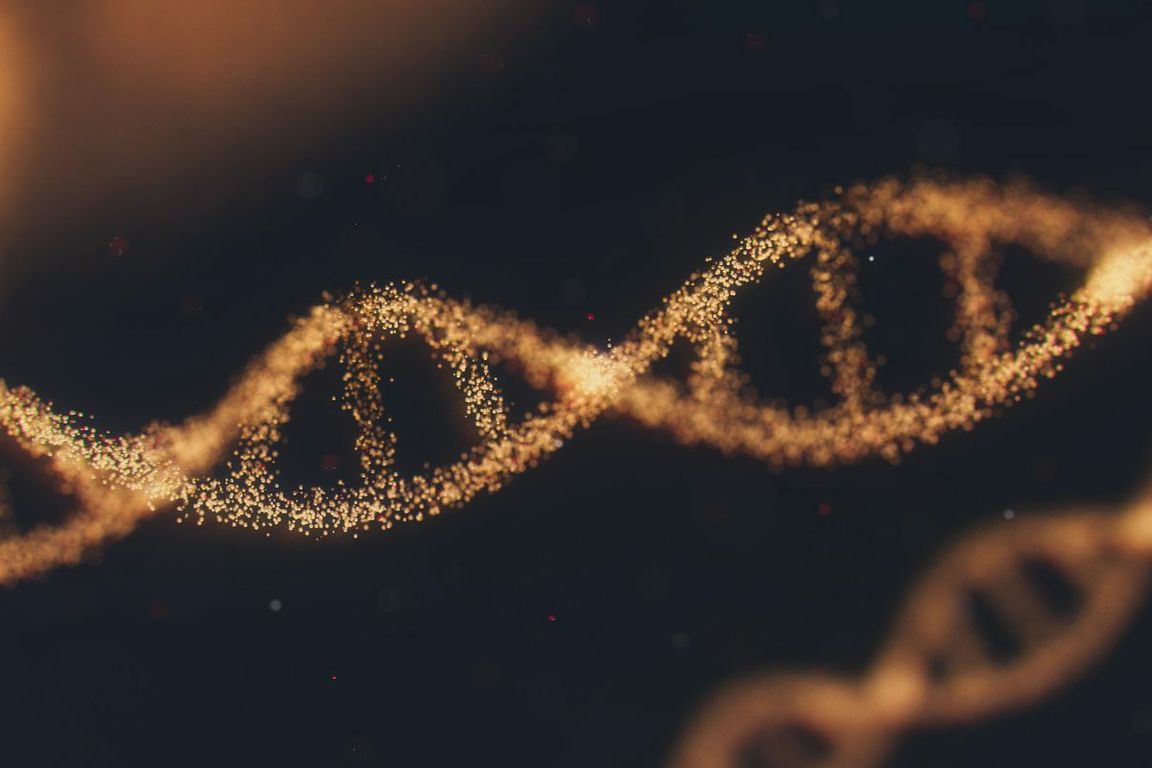focus
- Despite progress in defining functional noncoding DNA elements, it is still not fully understood.
- UCLA researchers have used an experiment to elucidate the function of tens of thousands of non-coding variants, discovering links between functional mutations and genes associated with cancer pathways, as well as indicators that predict survival in cancer patients.
- Understanding the effects of mutations on mRNA and protein production can reveal the processes that drive cancer progression and guide the advancement of testing tools.
Some genes are known to cause cancer, and surprising new research reveals why: mutations in noncoding regions become functional, altering the abundance of messenger RNA, or mRNA, and potentially promoting cell proliferation. Even more surprising, the number of mutations in these regions can predict how long patients will survive certain types of cancer.
Most genes are a sequence of DNA that contain the recipe for making a protein. Proteins, in turn, are chains of amino acids that the body uses to send signals between cells, build and repair tissue, and countless other functions required for life. Within these genes, certain regions are directly translated into proteins, while other regions (called noncoding regions) are not directly involved in protein production.
But these silent, non-coding regions are anything but lazy. They act much like basketball coaches during the game, directing active regions of genes to enhance or repress their expression, thus playing a crucial regulatory role.
Mutations in these noncoding regions are relatively common, but they were once thought to have little impact on an organism’s function because they did not alter the protein’s recipe. But what happens to their regulatory responsibilities when mutations occur?
UCLA researchers now have an answer. Mutations in these noncoding regions are relatively common, but they were once thought to have little impact on an organism’s function because they did not alter the protein’s recipe. But UCLA researchers made an important discovery: These mutations cause abnormal amounts of mRNA to be produced. mRNA acts as a messenger for DNA, carrying the blueprint for protein production from the nucleus to the cytoplasm, where proteins are synthesized.
When mutations cause changes in mRNA levels, it can lead to over- or underproduction of protein, similar to the culinary disaster of mistaking a teaspoon for a cup of salt in a recipe. Because cancer involves uncontrolled growth of cells, large amounts of mRNA may activate (or fail to inhibit) cell proliferation, ultimately leading to tumors and cancer.
The researchers obtained the results by synthesizing thousands of mutations into a fully functional DNA reporter gene (a type of gene that helps scientists study what a gene expresses), placing it into cells, and then analyzing the resulting changes in mRNA abundance. This discovery. The findings were published in the journal Nature Communications.
“Predicting the consequences of mutations in protein-coding regions is relatively simple, but understanding the function of mutations in non-coding regions is a major challenge,” said corresponding author Xinshu “Grace” Xiao, professor of integrative biology and physiology at UCLA. “We designed a high-throughput experiment that can evaluate a large number of mutations simultaneously.”
Some non-coding mutations are very rare, occurring in only a few individuals. Plus, everyone has their own unique mutations. Studying rare mutations is challenging because their scarcity means they are difficult to obtain in statistically significant quantities.
“We focused on these little-known rare mutations because with our method we can generate any number of mutations, providing an unprecedented opportunity to figure out their role,” Xiao said.
This exploration led to a completely unexpected discovery: many rare functional mutations were associated with genes involved in cancer pathways.
The discovery turned research toward screening known cancer-causing genes. These notorious cancer driver genes have many somatic mutations in unknown noncoding regions—acquired during an individual’s life, rather than inherited. The team repeated their experiment, this time testing 11,929 individual cell mutations in 166 cancer driver genes.
They found that of the 166 cancer driver genes tested, a large proportion (33%) of 155 non-coding regions had somatic mutations that could alter mRNA abundance. But Shaw’s team didn’t stop there. They combed through cancer libraries, looking for patients with rare mutations in these mRNA regulators, and found many. When I turned over the stone, I found an even bigger surprise.
“The number of functional mutations in untranslated regions can predict patient survival in certain cancer types,” said Ting Fu, the article’s first author and a postdoctoral scholar in Xiao’s lab. “We called this metric ‘untranslated tumor mutational burden,’ or uTMB, and found that the association between uTMB and lung squamous cell carcinoma, as well as head and neck squamous cell carcinoma, was particularly striking.”
This insight opens up new avenues for the development of predictive testing tools. By calculating uTMB for individual patients, healthcare professionals can obtain valuable predictions about survival outcomes to guide the selection of the most effective treatment options.
These findings also mark a promising new direction in the study of cancer-related gene regulatory mechanisms. Understanding how these mutations affect mRNA abundance, and thus protein production, can reveal the complex processes that drive cancer progression.
“Our next goal is to reveal the precise regulatory mechanisms by which these mutations exert their effects in cancer cells. Given their effects on mRNA levels, the underlying mechanisms may be critical to advances in cancer treatment,” Xiao said.
This work was supported by a grant from the National Institutes of Health.
#Noncoding #DNA #mutations #play #role #cancer #driver #genes
Image Source : newsroom.ucla.edu
